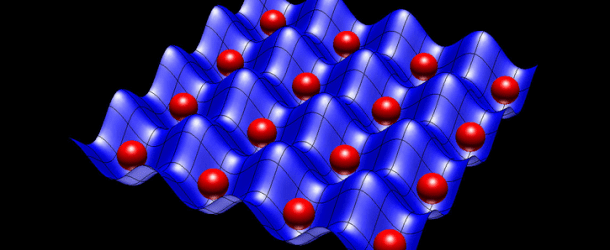Giant Rydberg atoms: From Scientific Curiosity to Quantum Sensors

(OpenAccessGovernment) The novel properties of Rydberg states are now being exploited in areas such as sensing, quantum information and quantum simulation.
(Exotic highly excited atomic states are called Rydberg states after the Swedish spectroscopist J. R. Rydberg who first explored their characteristics.)
Because of extreme sensitivity to external fields, Rydberg atoms are now being exploited as electric field sensors.
To measure static electric fields, the changes they induce in the Rydberg energy level structure are observed using laser or microwave spectroscopy, an approach that can detect fields of only a few microvolts per centimetre. Rydberg atoms are also well-suited to detecting oscillating electric fields over a wide portion of the electromagnetic spectrum that spans radio frequencies to the near infrared, with applications in communications, radar, and health care.
Rydberg-Rydberg interactions underpin many studies involving quantum simulation and quantum logic devices. Such interactions, which are millions of times stronger than those between ground-state atoms, can be controlled by the choice of the Rydberg states excited and by their physical separations. The use of tightly focused laser beams as “optical tweezers” to trap and position atoms has enabled the realisation of Rydberg quantum gates. These gates feature two atoms positioned within a blockade radius and utilise conditional logic, where excitation of the second atom is governed by excitation of the first. Such gates have proven to be fast, reliable and hold promise in the development of a possible quantum computer.



















